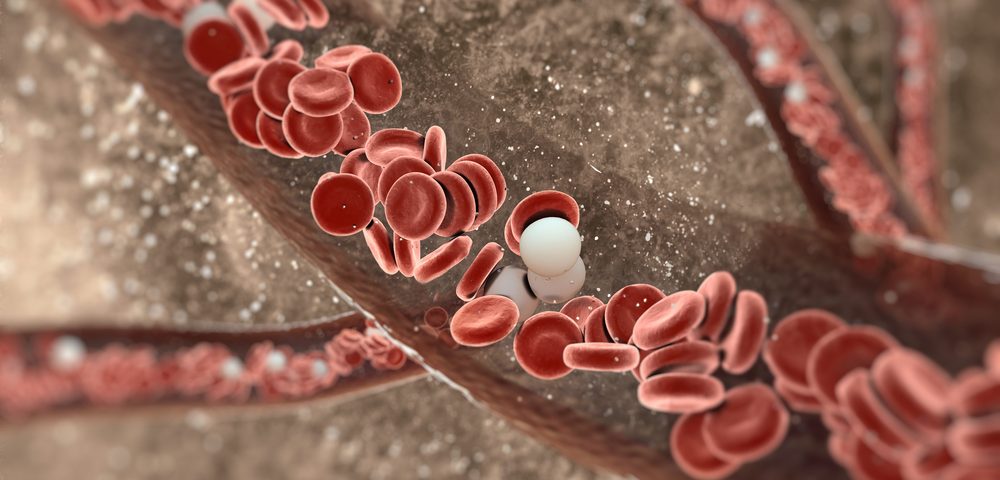Priming immune cells systemwide to support an immune response within a tumor is needed to fight cancer, according to researchers at the Stanford University School of Medicine, who showed that a systemic immune response is as important as a robust response within a tumor itself.
The study, “Systemic Immunity Is Required for Effective Cancer Immunotherapy,” published in Cell, may settle the current debate on the importance of a “whole-body” immune response to tumors. It also provides a means to easily monitor the effectiveness of cancer immunotherapies.
“Immunotherapy can be remarkably effective against cancer, but we don’t know why some patients respond and some don’t,” Edgar Engleman, MD, professor of pathology and of medicine, said in a press release. “We don’t understand the parameters that determine efficacy. In this study, we analyzed millions of living cells simultaneously for 40 parameters from multiple tissues throughout the body to show that you need a systemwide immune response to effectively attack and eradicate a tumor.”
The researchers used mice that spontaneously developed triple-negative breast cancer to understand why some tumors responded to immunotherapies while other did not. Triple-negative breast cancers are resistant to immune checkpoint inhibitors, but Engleman and his team showed that combining a tumor binding-antibody with molecules that activated dendritic cells — a subset of immune cells — could stimulate a successful immune response and eliminate the tumors.
“This finding allowed us to directly compare the responses to two immunotherapies,” said Engleman. “What’s going on in an effective response that’s not happening in the ineffective response? What we found was quite revealing and gratifying.”
Looking at the populations of immune cells within the tumors, the researchers found that the combo therapy led to an increase in the number of immune cells within three days of treatment — a period the authors called the priming period. These cells also divided more rapidly. A similar increase was not seen in mice treated with immune checkpoint inhibitors.
Interestingly, at the time tumor rejection began — day eight after treatment — there were no differences in the number or proliferation rate of immune cells between the two groups of animals. This suggested that, although the initial immune response occurred mostly in the tumor, the immune attack was likely sustained by immune responses elsewhere in the body.
To assess this, the team analysed other tissues containing immune cells, such as lymph nodes, spleen, bone marrow, and blood. They found that the lymph nodes near the tumor of mice treated with the combo therapy had an increased number and activity of immune cells in both the priming and rejection period. This was also observed in lymph nodes farther from the tumor, and in the spleen and blood.
Importantly, the researchers found that mice receiving the effective therapy had an increase in a type of memory CD4 T-cell in the blood and in the lymph nodes, suggesting that measuring these cells in the blood could be an indicator of treatment efficacy in patients receiving immunotherapy. This was supported by results showing that melanoma patients responding to immunotherapy had this subset of CD4 T-cells in circulation.
Findings that a systemic immune response is required to fight tumors were further validated when the researchers gave mice a compound that makes it harder for immune cells to migrate from the lymph nodes and spleen to the tumor site. In this case, even mice treated with the combo therapy demonstrated sustained tumor growth.
“In the past, researchers focused on understanding in very minute detail what is happening at the molecular level in immune cells inside the tumor,” said Engleman. “But we took an approach that allowed us to zoom out and look at the immune system as a whole. This enabled us to unveil how immune cells work together throughout the body to reject a tumor, and the approach promises to be widely useful in many clinical situations.”


